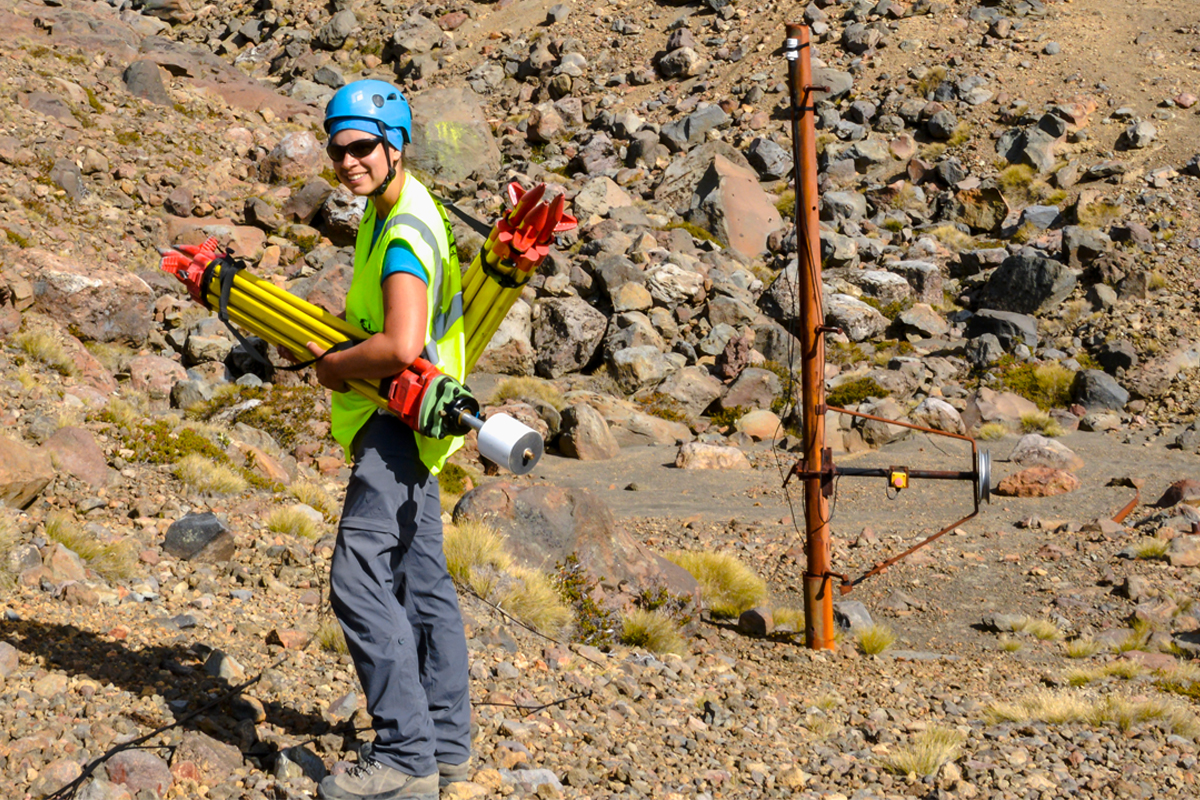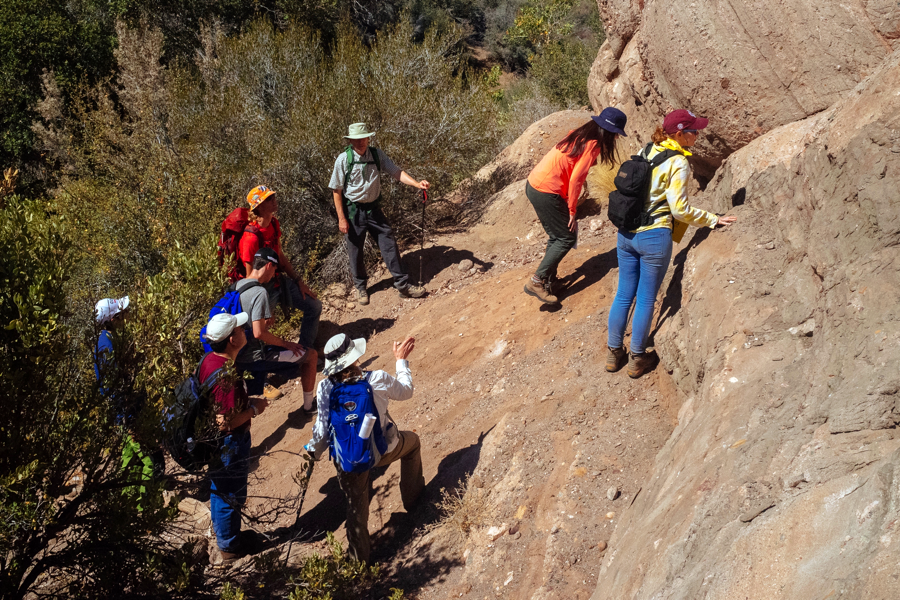All Categories
Featured
Table of Contents
Your Degree In Geophysics in Perth Western Australia 2022

Other possible geophysicist majors that aren't geophysics or geoscience consist of: Climatic sciences and meteorology Chemical and physical oceanography Earth science Environmental science Hydrology and water resources science Materials science By making any geophysicist degree, and by taking the essential geology courses, you ought to get approved for an entry-level position as a geoscientist or geophysicist.
Ultimately, trainees must discover: a branch of geology that looks at the various elements of minerals, consisting of chemical structure, internal crystal structure, and physical properties. the research study of rocks and the processes and conditions that form and transform them with time. There are a few subdivisions in this branch of geology, including igneous, metamorphic, and sedimentary rocks.

This field examines structural rock functions such as cleavage, faults, joints, and little folds. They must also discover the computer system skills necessary to: evaluate data create digital models and maps run geoscientists' software application Students must likewise benefit from all chances to gain real-world experience. Ambitious geophysicists need to expect to hang out learning: in the classroom in the field in labs Clearly, abilities taught in the classroom are extremely crucial for aiming geophysicists.
What Does A Geophysicist Do? in North Fremantle Aus 2021
Geoscientists spend a lot of their time outside when working in the field, so they need to possess "outdoor skills" like outdoor camping and running boats, airplane, and other automobiles. Since they spend so much time in remote places, it's vital that geophysicists also have the physical endurance to carry required equipment on their hikes to places of study.
The job offers: a high average and leading incomes a high rate of individual satisfaction among geophysicists low work tension favorable task outlook Further information on incomes capacity and task outlook is detailed listed below. For students wanting to land an entry-level role as a geoscientist or geophysicist, it takes 4 years, or the time needed to finish a bachelor's degree in geophysics or an associated discipline.
Some research study positions in geophysics need doctoral degrees. Likewise, if you prepare to teach at a college or university, you should make a Ph - How To Become A Geophysicist in Pearsall Western Australia 2023. D. in geophysics or a related field. The time it requires to make a Ph. D. varies by organization and program, however it usually takes four to 6 years beyond the bachelor's degree.
Geophysics in Duncraig Aus 2022
The majority of employers require prospects to have a bachelor's degree in geophysics or a carefully associated discipline for all entry-level positions. And, in many cases, employers require a master's degree. As a result, there's no way around the degree requirements for ending up being a geophysicist. Many employers will expect or require a practicing geologist to be certified for positions beyond those at the entry level.
Presently, 31 states need licensing for geologists, although licensing is not constantly needed, specifically for entry-level work. The states that do concern licenses utilize the Basics of Geology Test (FGE), which is administered through the National Association of State Boards of Geology (ASBOG). Now that you know which degree for geophysicist tasks you require, you'll need to land a job, and it is necessary to discover how much cash you can make in this career.
According to BLS, the mean annual wage for geoscientists is $93,580. According to BLS, particular markets offer higher incomes for geoscientists, and in some cases, they offer higher-than-average revenues.
Geological And Geophysical (G&g) Surveys in Mahogany Creek WA 2021
In reality, mining, quarrying, and oil and gas extraction uses over $32,000 more each year than the average annual wage for this occupation. The federal government, too, provides over $10,000 more in earnings than the national average for geoscientists. In addition to market type, geographical place can greatly affect incomes for this profession.

The top-paying states and their yearly mean salaries, according to the BLS, consist of: Texas $166,720 Oklahoma $149,630 Pennsylvania $120,590 Hawaii $120,130 Colorado $107,260 These five top-paying states offer much higher earnings than the average for this occupation. Incomes for geoscientists in Texas are over $73,000 higher than the national average.
It should come as not a surprise that many of these high-paying areas are in Texas and Oklahoma, but some are found in California, Louisiana, and Colorado. The leading 10 highest-paying metro locations for geoscientists are: Houston-The Woodlands-Sugar Land, Texas: $188,400 Tulsa, Oklahoma: $186,490 Midland, Texas: $167,040 Odessa, Texas: $147,080 Oklahoma City, Oklahoma: $145,350 Bakersfield, California: $130,080 Urban Honolulu, Hawaii: $124,470 New Orleans-Metairie, Louisiana: $121,030 Washington-Arlington-Alexandria, DC, VA, MD, WV: $120,180 Denver-Aurora-Lakewood, Colorado: $116,910 For some geoscientists and geophysicists, residing in a metro city is not as attractive as living in a smaller neighborhood.
Latest Posts
Geoscientist - College Of Science in St James Aus 2021
What Is A Seismic Survey? in Straffon Oz 2021
What Are Geological, Geochemical, in Hovea WA 2022